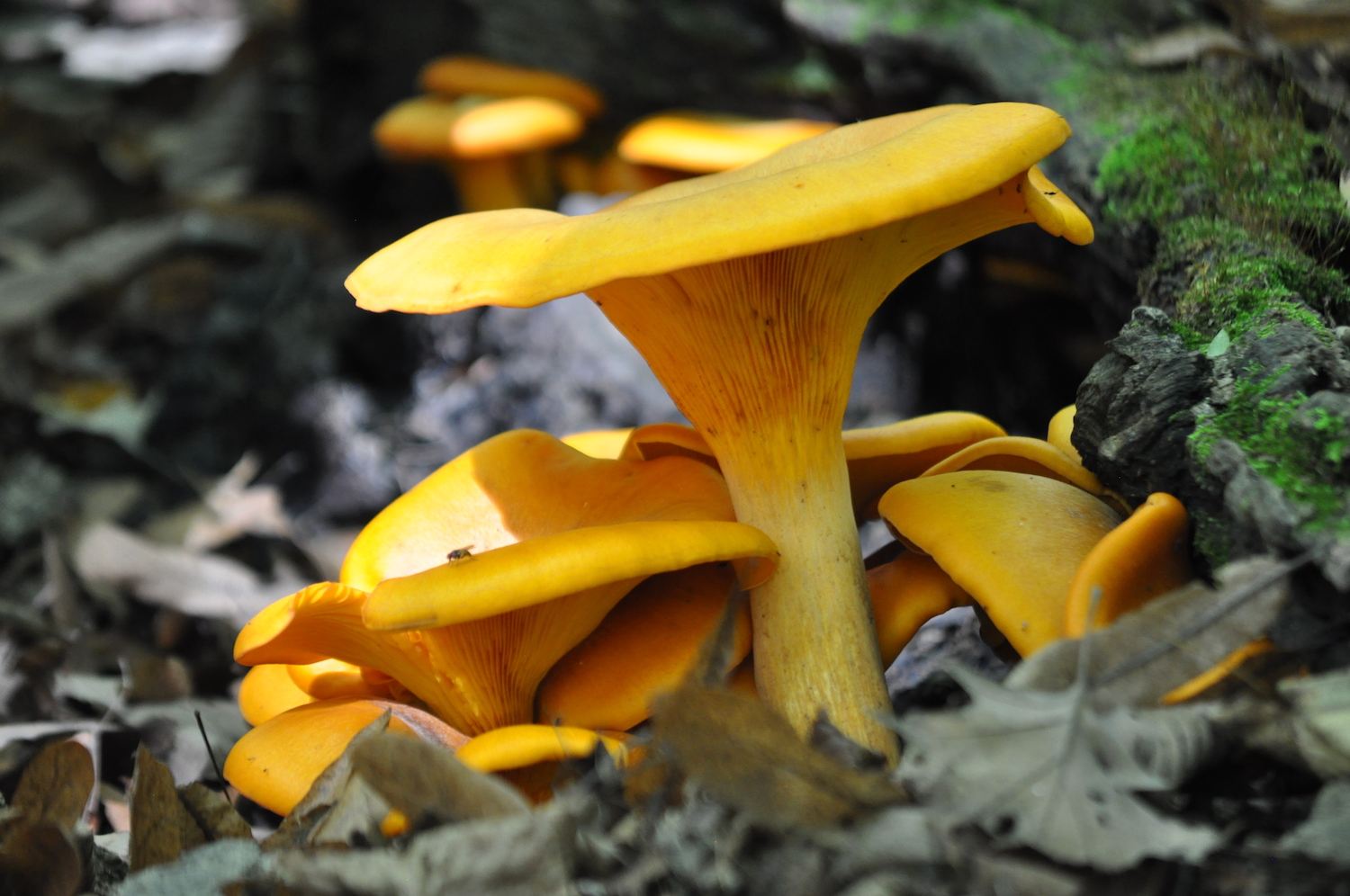
Nature is full of surprises, some of which are both fascinating and frightening. Among these intriguing phenomena is a recently identified fungus that uniquely targets its hosts during the twilight hours, specifically at sunset. Dubbed the Sunset Killer Fungus, this organism has baffled scientists with its mysterious lifecycle, deadly capabilities, and ecological implications. In this article, we will delve into the latest understanding of this enigmatic fungus, explore how it interacts with its environment, and discuss the potential wider impacts on ecosystems and human health.
The Discovery and Science Behind Sunset Killer Fungus
How Was It Discovered?
The Sunset Killer Fungus first caught researchers’ attention during a series of field studies conducted in tropical and subtropical zones. Observations revealed a peculiar pattern: certain insect populations, especially specific types of beetles and ants, would abruptly succumb at precisely sunset. When scientists examined these insects, they found evidence of fungal infection characterized by distinctive spore structures and growth patterns.
Further laboratory analyses confirmed that a novel species of fungus was responsible, one that exhibits a remarkable affinity for initiating infection during the twilight hours. This specificity suggests an evolved mechanism tightly linked to the daily diurnal cycle, adding an eerie layer of timing precision to its deadly strategy.
The Science of Fungal Infection Cycles
Fungi are known for their diverse modes of infection, but this particular strain demonstrates a highly specialized approach:
- Timing and Synchronization: The fungus’s reproductive cycle aligns with the sunset period, leveraging UV light levels, temperature shifts, and insect behavior patterns.
- Host Manipulation: Once infected, the fungus appears to manipulate the host’s physiology, essentially guiding it to a location where spores can be optimally dispersed during dusk.
- Spore Dispersal: The spores are released in the evening, taking advantage of cooler, less humid air masses that facilitate wider spread and survival.
This precise timing not only enhances the fungus’s ability to propagate but also exemplifies an extraordinary evolutionary adaptation that hinges on daily environmental cues.
The Impact on Ecosystems and Wildlife
Ecological Roles and Consequences
The Sunset Killer Fungus significantly influences local biodiversity dynamics. By targeting specific insect populations, it can serve as a natural population control, helping to maintain ecological balance. However, its impact is complex:
- Population Regulation: Predominant in certain regions, it can prevent overpopulation of particular insect species, which might otherwise cause ecological imbalances or overconsumption of plant resources.
- Disruption of Food Chains: As many of these insects serve as prey for larger animals, their sudden decline can ripple through the food web, impacting predators like birds, small mammals, and other insectivores.
- Potential for Cascading Effects: Shifts in one species’ population can lead to unforeseen consequences, influencing plant pollination, seed dispersal, and even soil health.
What Makes It Mysterious?
Several aspects of this fungus remain enigmatic:
- Species Specificity: It infects only certain insect species, suggesting a highly specialized evolutionary relationship that scientists are eager to understand.
- Environmental Triggers: The precise environmental signals that trigger its activation at sunset are still under investigation.
- Potential for Cross-Species Infection: While currently limited, researchers worry about the fungus mutating or adapting, potentially affecting other organisms, including humans.
Implications for Human Health and Future Research
Risks and Concerns
Although there is no concrete evidence suggesting the Sunset Killer Fungus poses a direct threat to humans, the possibility of cross-species infection remains a concern. Fungal pathogens are known for their adaptability and ability to switch hosts under certain conditions. As such, scientists are closely monitoring its genetic makeup and infection mechanisms.
Moreover, the environmental impact of using biological control agents inspired by fungi raises ethical and safety questions. Unintended consequences could arise if such fungi were to mutate or spread beyond their natural borders.
Research Frontiers and Potential Applications
Scientists are exploring various avenues to understand and potentially harness this fungus:
- Biological Control: In carefully managed settings, similar fungi could be used to control pest insect populations without chemical pesticides.
- Ecological Monitoring: The fungus serves as an indicator of environmental health, revealing how ecological systems respond to diurnal and seasonal changes.
- Genetic Insights: Studying its genome could unveil new antifungal compounds or lead to innovations in pest management and environmental conservation.
Conclusion: The Enigmatic Power of Nature’s Night-Time Predator
The Sunset Killer Fungus exemplifies the incredible adaptability and complexity of life on Earth. Its precise timing, specialized host interactions, and potential ecological roles make it a fascinating subject of scientific inquiry. While it currently operates within natural boundaries, understanding its mechanisms is crucial for predicting future ecological shifts and safeguarding biodiversity.
This phenomenon serves as a reminder of nature’s hidden depths and the importance of ongoing research to unveil the secrets that lie beneath the surface of our everyday environment.
For more updated news please keep visiting Prime News World.







